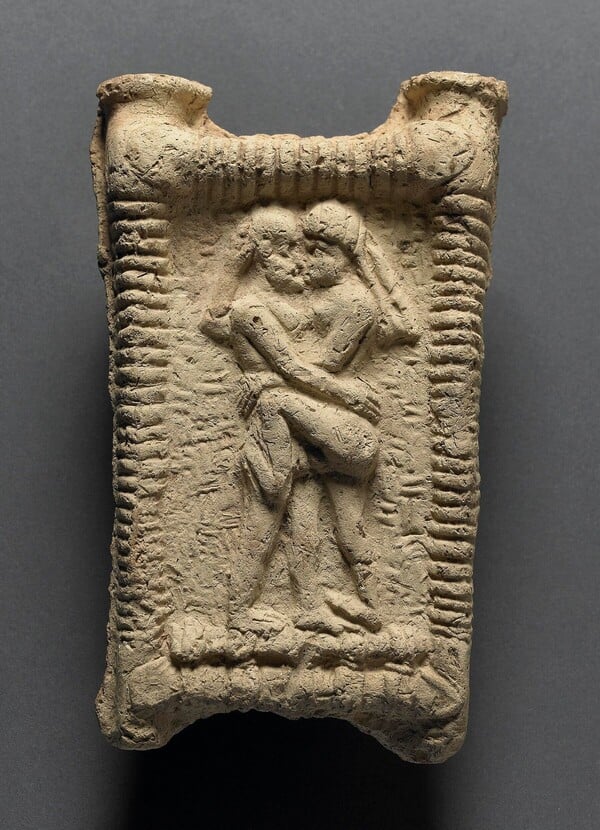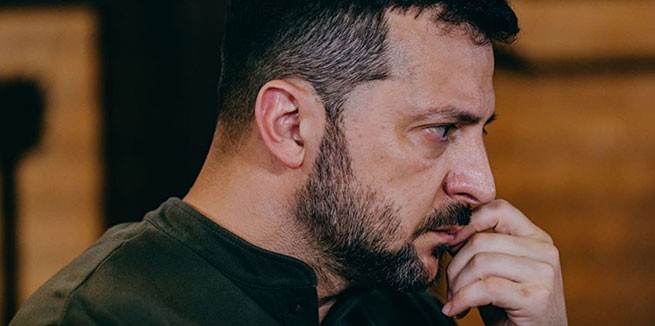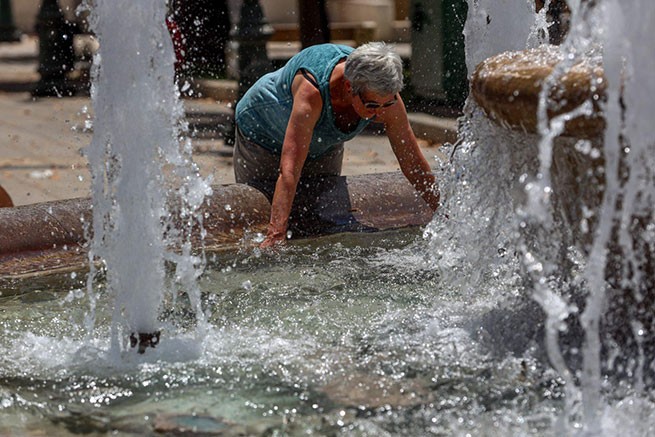In 2022, a genetic study was published linking modern herpes variations to Bronze Age kissing.
Additional materials for publication included a brief history of the romantic kiss, the place of “origin” of which was considered to be South Asiaaccording to Sanskrit manuscriptsin which oral history was first recorded (around 1500 BC).
The study also notes that before 300 B.C. – around the same time when the Kama Sutra love guide was published in India, the kiss spread throughout the Mediterranean with the return of Alexander the Great’s troops from Northern India.
But a pair (both in research and in life) of Danish archaeologists, Sophie Rasmussen and Troels Arbol, with a shared background in Assyriology and the study of Mesopotamian cultures, set out to prove that this was not the beginning of a love kiss among humans.
To do this, they turned to cuneiform texts on clay tablets from Mesopotamia (modern Iraq and Syria) and Egypt in search of vivid examples of romantic kisses. Their research was recently published in the journal Science, where For the first time, documented evidence of kissing was recorded 1000 years before the corresponding results of the 2022 study.
The couple argue that kissing has been a widespread and established part of the process of romantic relationships and courtship in the Middle East since at least the late third millennium BC. “Kissing was not a custom that suddenly appeared at some point,” says Dr. Arbol. “Instead, it appears to have been common to a number of ancient cultures.”
“In depictions of kissing in Sumerian literature, the subjects first engage in sexual intercourse and then kiss,” he says. “It’s a kind of ‘finishing’ of the act, not foreplay.”
According to research, the first mention of kissing was recorded on the Barton Roll, a clay tablet dating back to around 2400 BC. The object was discovered in the ancient Sumerian city of Nippur in 1899 and named after George Burton, a professor of Semitic languages at Bryn Mawr College, who translated it 19 years later. Today it is housed in the Museum of Archeology and Anthropology at the University of Pennsylvania, where Burton taught Semitic languages and the history of religions from 1922 to 1931.

The narrative inscribed on the ancient artifact concerns the Sumerian creation myth. In the second column of the text, a male deity, probably Enlil, makes love to the mother goddess Ninhursag and then kisses her. In the midst of this divine revelry, the male deity “plants the seed of the ‘seven twin deities’ into the woman’s womb.”
According to Professor Gonzalo Rubio, an Assyriologist at Pennsylvania State University, the most fascinating part of this story is the sequence of events. “In depictions of kissing in Sumerian literature, the subjects first engage in sexual intercourse and then kiss,” he says. “Mouth kissing has been observed in chimpanzees and bonobos, our closest living relatives,” adds Dr Rasmussen. – While the platonic kiss of a chimpanzee determines the compatibility of a couple. The practice of such relationships among primates suggests something fundamental that goes back to human history.”







More Stories
What to do if attacked by a dog (video)
Greece – a paradise for gourmets
Message from AEK and PAOK fans in defense of Esphigmenou Monastery